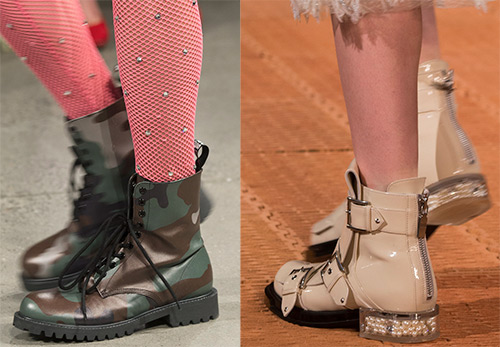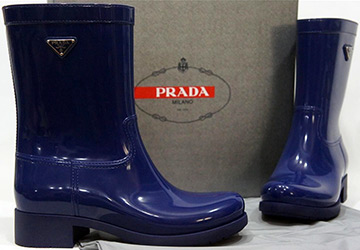Materials Science
Kirz boots in history and modern fashion
Rough shoes on the feet of girls dressed in lace dresses surprise no one today. It is fashionable, which means it is beautiful - many people think so. The girls put on army boots with high ankle boots, boots that resemble soldiers' tarpaulin boots.
Ankle boots, as army boots are now called, are included in the equipment of almost all armies in the world. Unlike boots, boots are more comfortable, and at the same time, they reduce the risk of damage to tendons, especially among paratroopers.

And the old-style tarpaulin army boots? Did they really retire, and now they remained in the service of only subcultures and girls who are passionate about military style? No. Due to climatic conditions, tarpaulin boots remain in the army uniform of a Russian soldier.
What is the story behind these winning boots?
This is exactly what I would like to call tarpaulin boots that went through the fire and conflagrations of the destroyed native cities and villages of Russia in the Great Patriotic War, and reached Berlin in 1945.
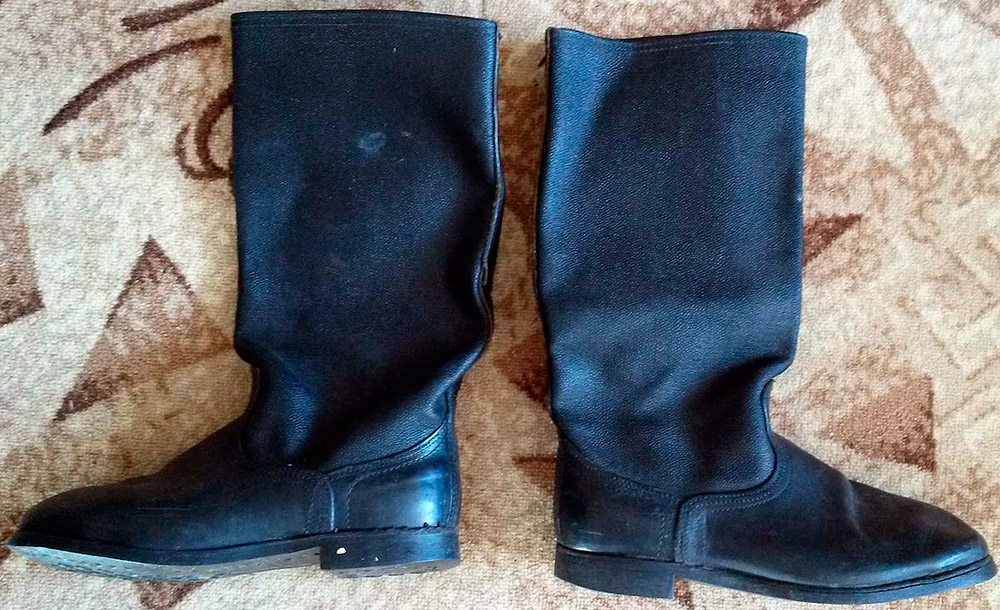
The history of old tarpaulin boots
The beginning of the production of tarpaulin in 1903 was laid by the inventor Mikhail Mikhailovich Pomortsev. And in 1904, he received a waterproof tarp, which was impregnated with a mixture of paraffin, rosin and egg yolk. The material was almost identical to leather - it was waterproof and had leather-like properties.
MM. Pomortsev called it a tarpaulin. A graduate of the St. Petersburg Artillery School, he was not a combat officer. Pomortsev was distinguished by the breadth of scientific interests, showed abilities in various fields. He graduated from the geodetic department of the Academy of the General Staff, was an employee of the observatory in Pulkovo, and taught at the Engineering Academy.
Not all of his ideas and inventive activities were crowned with timely success. But everything he did paved the way for further discoveries and achievements. MM. Pomortsev tried to get synthetic rubber, but his research ended with the creation of a waterproof tarpaulin.
In the future, a waterproof tarpaulin was used as covers for artillery guns during the Russo-Japanese War. Samples of materials developed according to the Pomortsev method were exhibited at the International Exhibitions in Liege in 1905 and Milan in 1906. In Milan, Pomortsev's work was awarded the Gold Medal. And it was not just one award, others followed. So M.M. is considered the inventor of the tarpaulin. Pomortsev.
The cost of supplying a huge army in Russia was always significant, so the tsarist government was interested in developing new materials that could replace expensive leather for the manufacture of soldiers' boots. The material developed by Pomortsev showed its reliability, so they decided to use it for the manufacture of boots.
The infantry of almost all the armies of the world at that time moved on foot, and poor-quality shoes wore out faster, rubbed the soldiers' legs, and this reduced the combat effectiveness of the army. On the eve of the First World War, the Russian treasury annually allocated up to 3 million rubles for soldiers' boots. And Pomortsev suggested using the leather substitutes he had invented to make soldiers' boots.
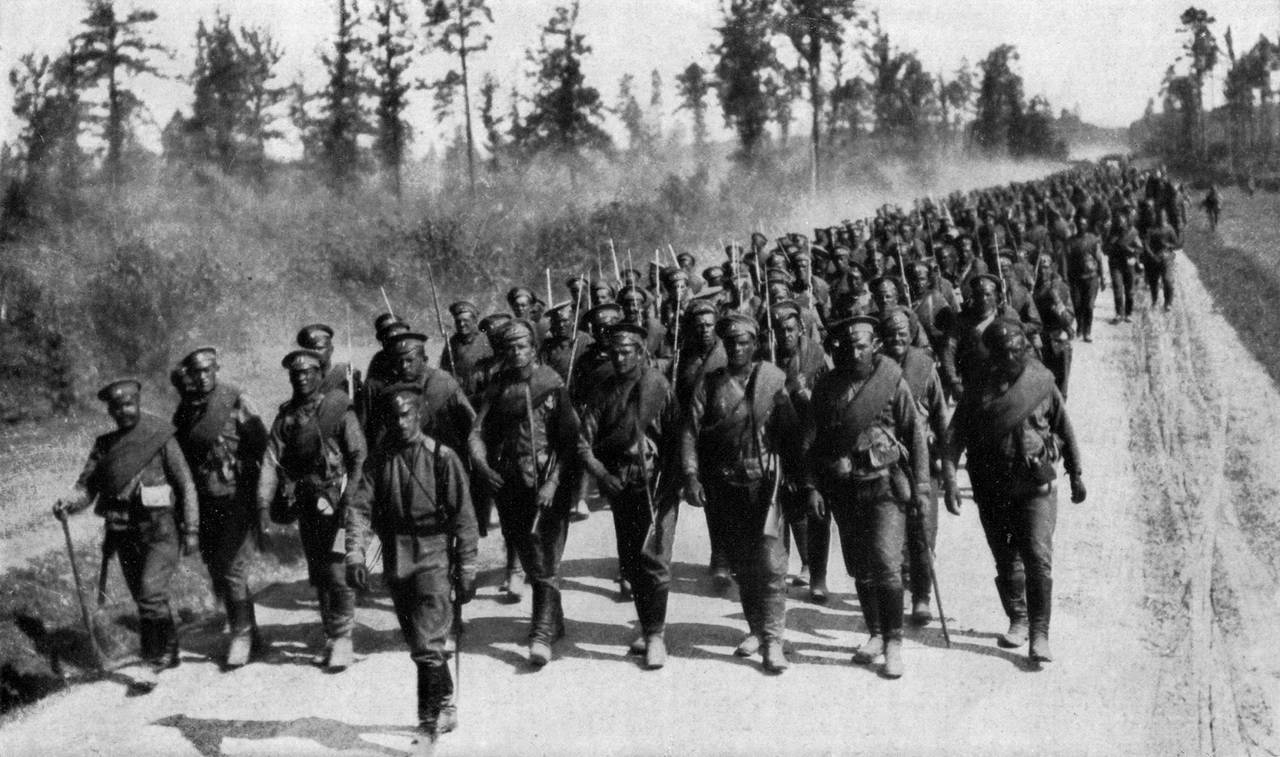
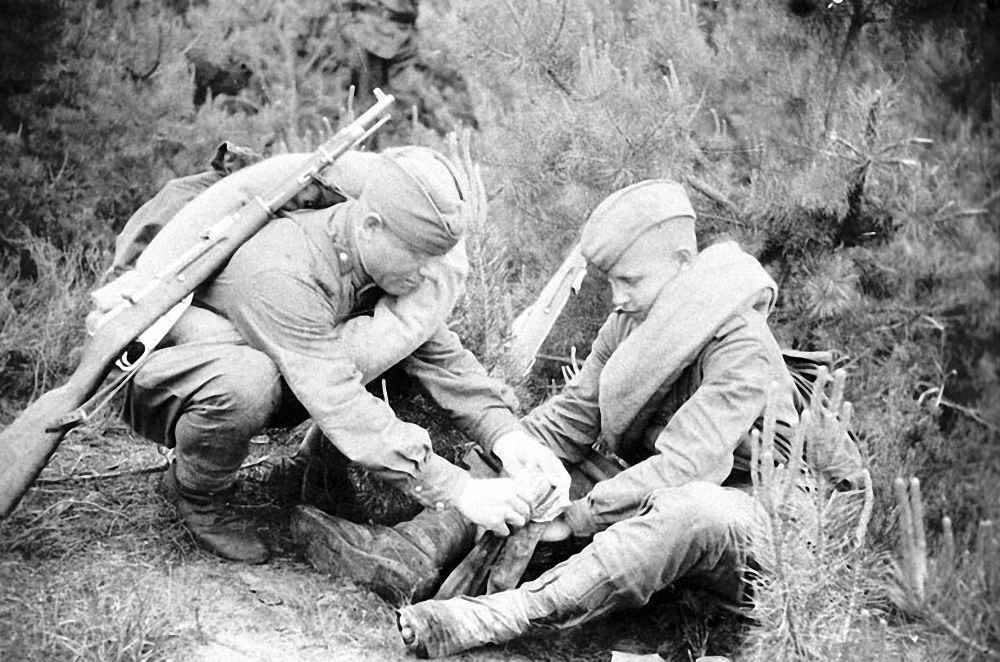
The Military-Industrial Committee approved the production of a large batch of such boots, but it was not profitable for the owners of leather shoe factories, and they in every possible way hindered. And in 1916, Mikhail Mikhailovich died, and the world was changing ... And this matter remained in oblivion.
Synthetic rubber was the dream of many scientists and engineers. Soviet chemists were also engaged in solving this problem. February 15, 1931at a pilot plant in Leningrad, the first batch of synthetic rubber was obtained by the method of S.V. Lebedev. This day is considered the birthday of synthetic rubber not only in Russia, but throughout the world.
In the 1930s, Soviet chemists Boris Byzov and Sergei Lebedev improved the technology for making a tarpaulin. Kirza experienced a rebirth. They began to use rubber as an impregnation of fabric. The material has become more resistant to external influences. Soon, both scientists died by a strange coincidence.

The first Soviet artificial rubber plants were put into operation in 1934. Chemist Ivan Vasilyevich Plotnikov joined the development of new manufacturing technologies, he set up the production of tarpaulin boots at the Vyatka Combine.
Tarpaulin boots were made, which went through the Soviet-Finnish war, but at the same time showed their failure in the cold - the boots cracked and became brittle and hard. Already supposed to put an end to the production of boots from tarpaulin.
In the early days of the Great Patriotic War, among other problems, the country faced the problem of a shortage of footwear for soldiers. The military leadership recalled the experience of tarpaulin boots from the Soviet-Finnish war, as well as the chemist-inventor Ivan Plotnikov himself, who in the mid-30s worked on the tarpaulin. Therefore, it was decided to re-establish the production of artificial leather.
It turned out that Ivan Plotnikov had joined the ranks of the Moscow militia to defend the capital. It was decided to immediately return Plotnikov to the rear and appoint him as chief engineer of the Kozhimit plant. The task before him was set clearly and concretely - in the shortest possible time to improve the technology of making leatherette - tarpaulin.
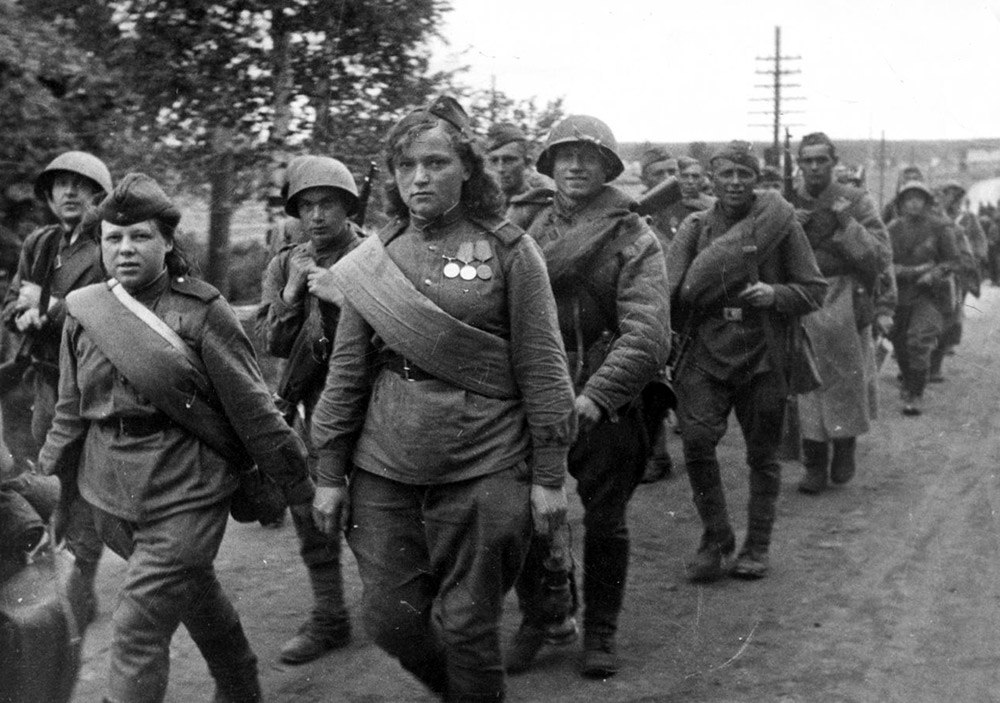
Ivan Plotnikov successfully coped with the task. The new tarpaulin was strong, durable, moisture-proof and breathable. Kirz boots were mass-produced by November 1941. In general, the material was also used for the manufacture of tank overalls, winter jackets and many other types of clothing and equipment.
For such an important invention, by a resolution of the Council of People's Commissars of the USSR on April 10, 1942, I.V. Plotnikov and a group of colleagues were awarded the Stalin Prize of the second degree in 100 thousand rubles. The creator of tarpaulin boots was next to the awarded inventor of the "Katyusha" A. G. Kostikov, aircraft designers S. V. Ilyushin and A. S. Yakovlev. The soldier's shoes proved to be an important invention.
During World War II, soldiers of the Soviet Army and the Wehrmacht were shod in boots. The low lace-up boots were used by the US and British armies. However, for the paratroopers, neither one nor the other shoes were suitable, since during landing with a parachute they did not protect them from injury. It was for the needs of the parachute landing that high laced boots were developed. When the Second World War ended, the NATO army gradually began to switch to these boots - black leather ankle boots.
Kirz boots served until the end of the existence of the Soviet Army. And only at the end of 2007 the transition from boots to ankle boots began. And today, the Russian soldier has not completely left his boots. Russia is a northern country, and therefore the army needs not only tarpaulin boots, but also rubber and felted boots.
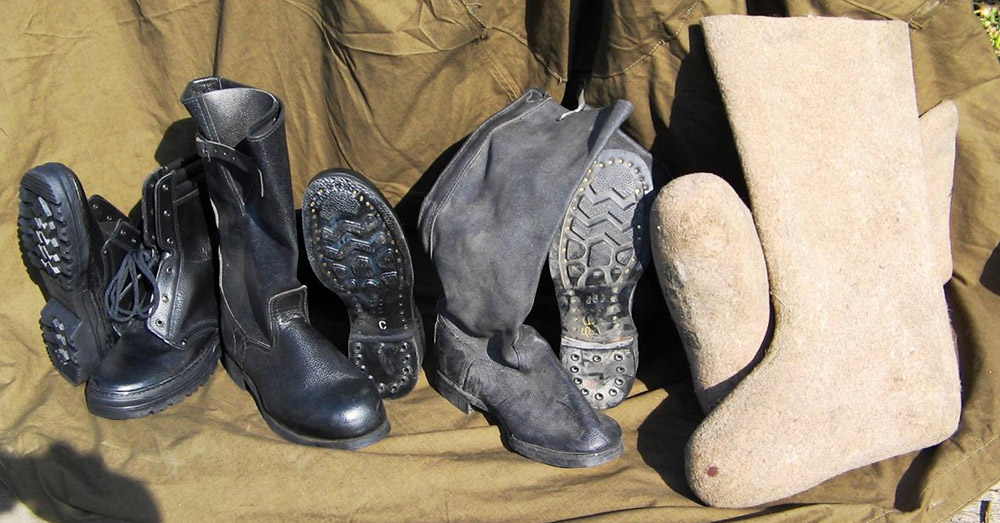
Russia still produces tarpaulin using Plotnikov's technology, and the recipe for making it has remained unchanged since 1941. 85% of Russian tarpaulin is used for the manufacture of army shoes. Now they make not only boots, but also boots, as well as overalls and items of military equipment, including rubberized drive belts, tablets, cartridge bags and so on.
Most of the army footwear is made like this - the lower part is made of yuft (leather from cattle skins), the rest (bootleg) is made of tarpaulin.
How is a tarpaulin made?
Kirza is a multi-layer durable cotton fabric impregnated with a rubber solution and treated with a special water-repellent compound. Kirz boots withstand heat and frost well, and also protect the leg from moisture.
The process of making a tarpaulin goes through several stages:
1. Fabric base production.
2. Application of latex rubber solution to multilayer fabric.
3. Formation of a film on the surface of the material. This happens under the influence of high temperature in a special heat chamber.
4. Consolidation of the material by passing the fabric through the rolling rolls. This gives a smooth and glossy finish.
5. Embossing the right side of the material.
In the process of making tarpaulin at each stage, various substances are used: cotton base, polyvinyl chloride, dioctyl phthalate, nitrile butadiene rubber, stearic acid, chalk, carbon black and coloring pigments.
Why is the material called "tarpaulin"?
Some people associate the name "kerza" with the Kirov plant, where it was produced. They also talked about the involvement of the British Foreign Minister Lord Curzon in the title of the material. But this is not the case. Kirza comes from the name of rough woolen fabric (from the English Kersey).
It was in England in a place with this name that a semi-fine-fleece meat-wool early maturing breed of sheep was bred - Suffolk. The sheep, in turn, were named Suffolk in honor of the county in which Kersey is located. The name of the material at first was kirza, but we are all familiar and comfortable in pronunciation kirza ?. The term - tarpaulin was more often used in relation to only boots.
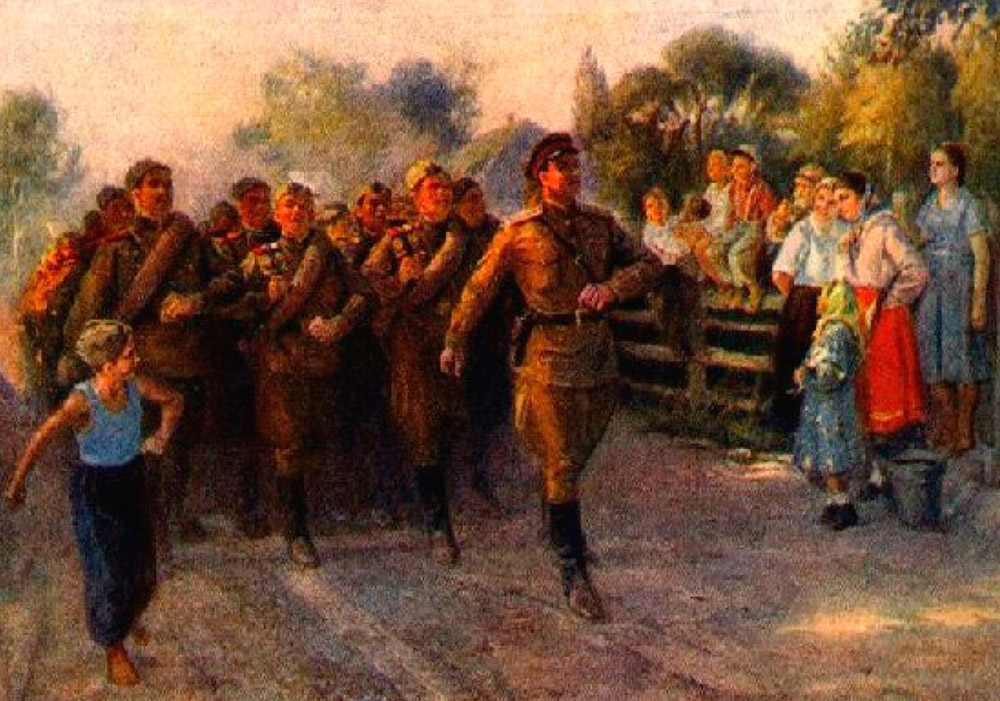
Kirz boots have become a symbol of the past war. In our history, the appearance of a soldier, shod in "kirzachi", the Soldier-Victor, will remain forever. But there is another story, where we see the appearance of those hard workers-creators who mastered virgin expanses and taiga impenetrable forests, they, the Creators of the Russian land, were also shod in tarpaulin boots.
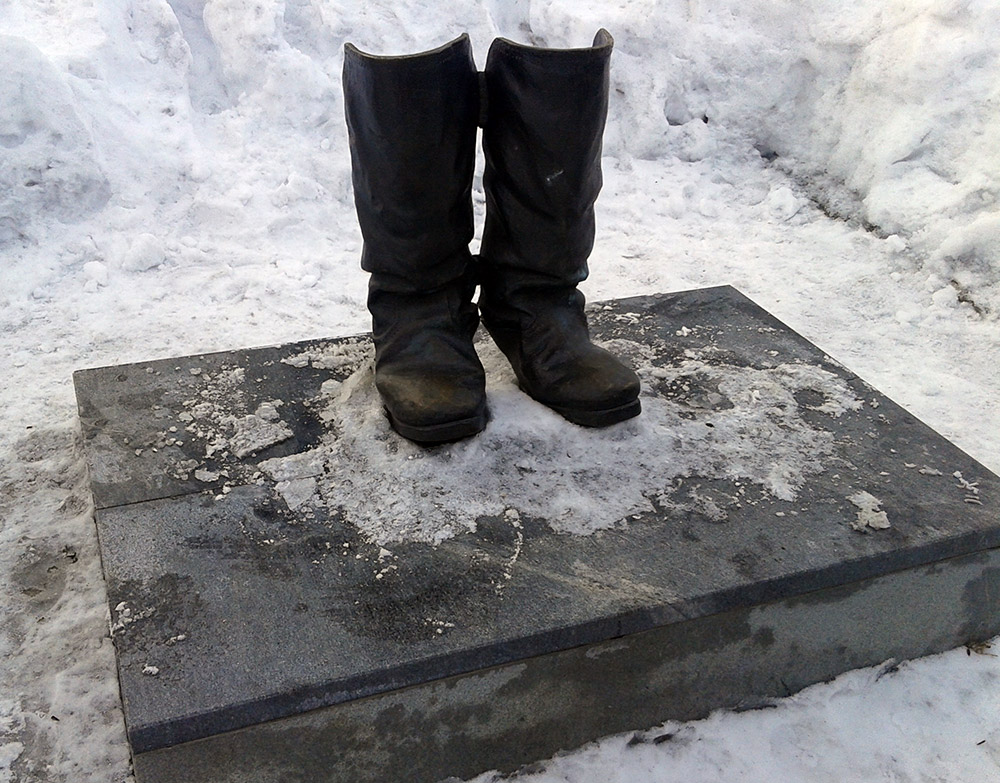
Settlement Zvezdny, Perm Territory. Monument "Soldier's Boots"
Comments and Reviews
Add a comment
Rating news
Shades of clothing that make women look younger
What shades of hair make women younger: rules and photos
Funny wedding dresses - photos and ideas
12 most expensive down jackets for the winter
How to look 25 at 40: tips from supermodels
Beautiful schoolgirls
Anti-aging haircuts and hairstyles for women
Fashionable skirts for autumn and winter
Fashionable women's trousers for the cold season
Fashionable and stylish sandals for summer 2024
Spring-summer 2024
 Fashionable dresses and tops with thin spaghetti straps
Fashionable dresses and tops with thin spaghetti straps
 Bandana tops: how to wear stylishly and beautifully
Bandana tops: how to wear stylishly and beautifully
 How to put together the perfect men's wardrobe for the summer
How to put together the perfect men's wardrobe for the summer
 Fashionable shorts for spring-summer 2024
Fashionable shorts for spring-summer 2024
 Fashionable skirts for spring-summer 2024: a guide to online shopping
Fashionable skirts for spring-summer 2024: a guide to online shopping
 The most fashionable dresses spring-summer 2024: styles and colors
The most fashionable dresses spring-summer 2024: styles and colors
 Fashionable total look 2024: ideas of images and trends
Fashionable total look 2024: ideas of images and trends
